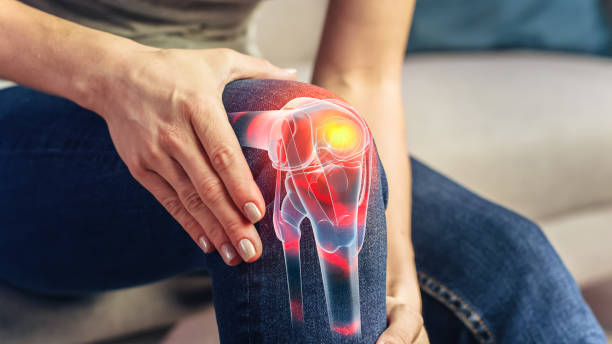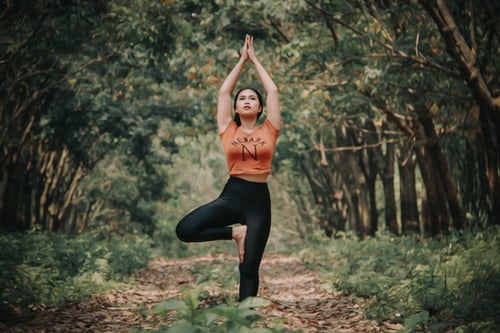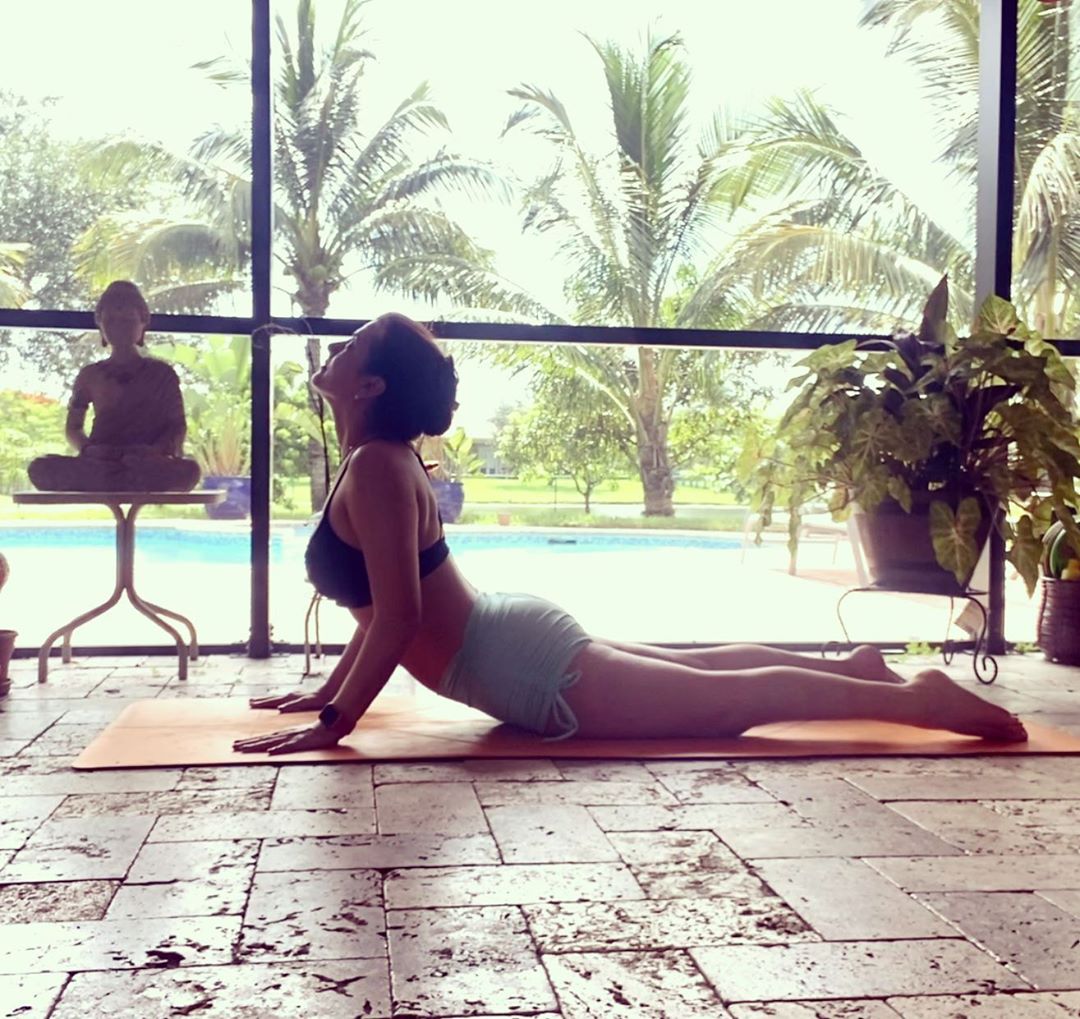
42% of people in India suffer from back pain. Yoga for back pain is essential in our lifestyle. This problem is becoming very common due to working or sitting in the same place all day. Back pain of any age is common today. This makes it difficult to sit, stand, or lie down for long periods of time. Many medicines, sprays, or other medicines will be available to relieve back pain, which will make you feel relaxed for a while. According to research in India, UK, and the USA, doing yoga regularly can relieve you of backache to a great extent. Therefore, if you want to get rid of back pain, then you can do yoga as mentioned below. So, see below Baba Ramdev Yoga for back pain.
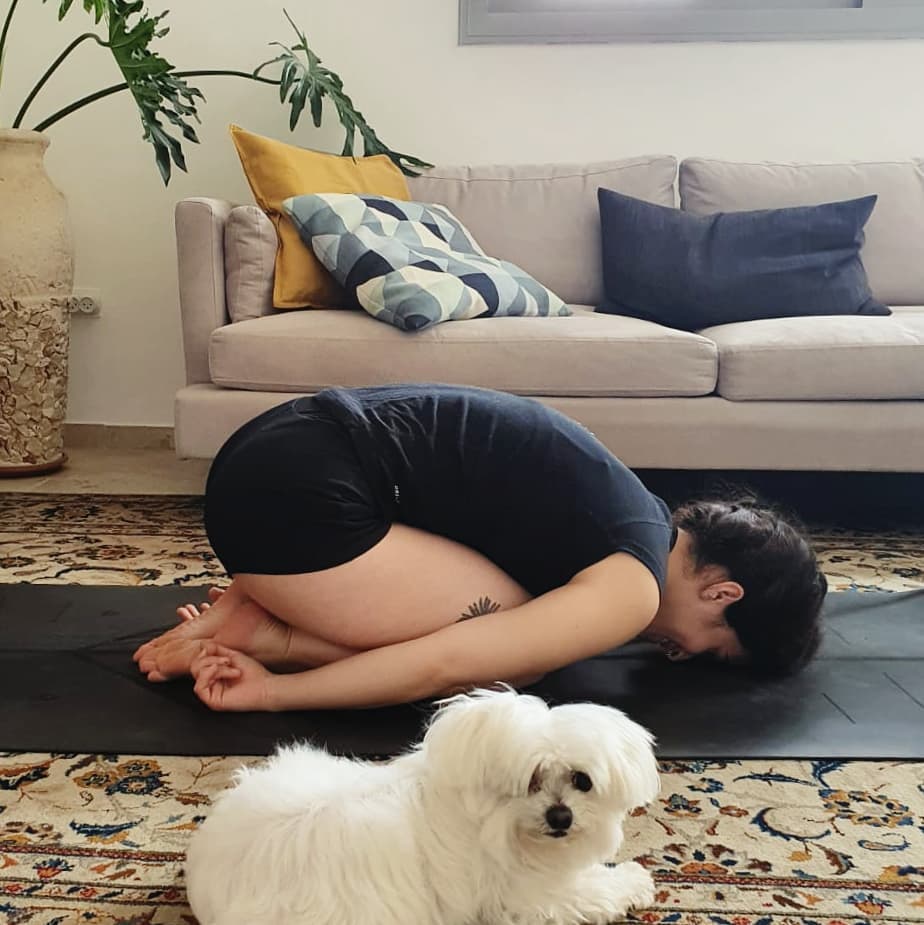
Table of Contents
Balasana:
By the name of Balasana, you can understand that the position of this asana is like that of a child. This asana is also called child pose posture in common language. This asana has been considered very effective to relieve back pain. Apart from back pain, it can also be done to relieve fatigue and get good sleep. This yoga is considered to be quite comfortable and easy. This is one of the Baba Ramdev Yoga for back pain.
Steps:
- Spread a mat and kneel on it.
- Your sitting position should be in such a way that your hips come to your soles.
- After this, while taking a breath in, move both your hands upwards and during this time your hands should be open.
- After this, while exhaling slowly, touch the ground with the upper body in a relaxed posture.
- You can benefit greatly by staying in this posture for about 5 to 10 minutes.
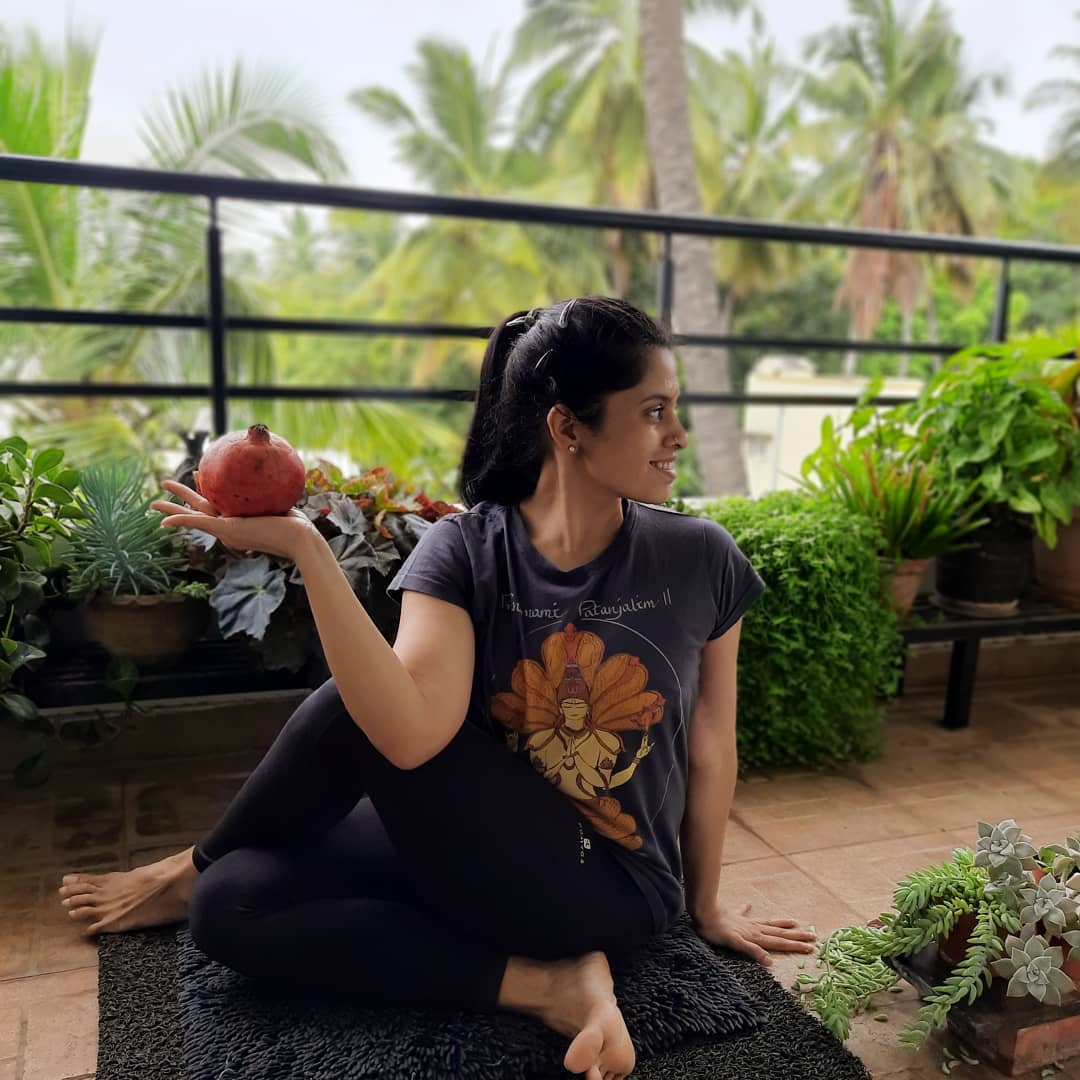
Ardha-Matsyendrasana:
It is said that it was the favorite seat of sage Matsyendranath. Therefore, this posture was named Ardha-Matsyendrasana after him. This asana is beneficial to relieve spinal problems. In addition, this yoga can also be helpful in relieving back and back pain. This is one of the Baba Ramdev Yoga for back pain.
Steps:
- To perform Ardha-Matsyendrasana, first, sit on a Yoga mat or Dari and spread your legs towards the front.
- Keep both legs together and sit tight.
- Now bend your left leg and place its heel near the right hip.
- Fold your right leg over the left knee and place it on the ground.
- Place your right hand backward and place the left hand on the right foot.
- Now bend your waist, shoulders, and neck on the right side and look from the top of the shoulder to that side.
- Stay in this position for a while and after that, return to normal position while exhaling.
- Then repeat this asana.
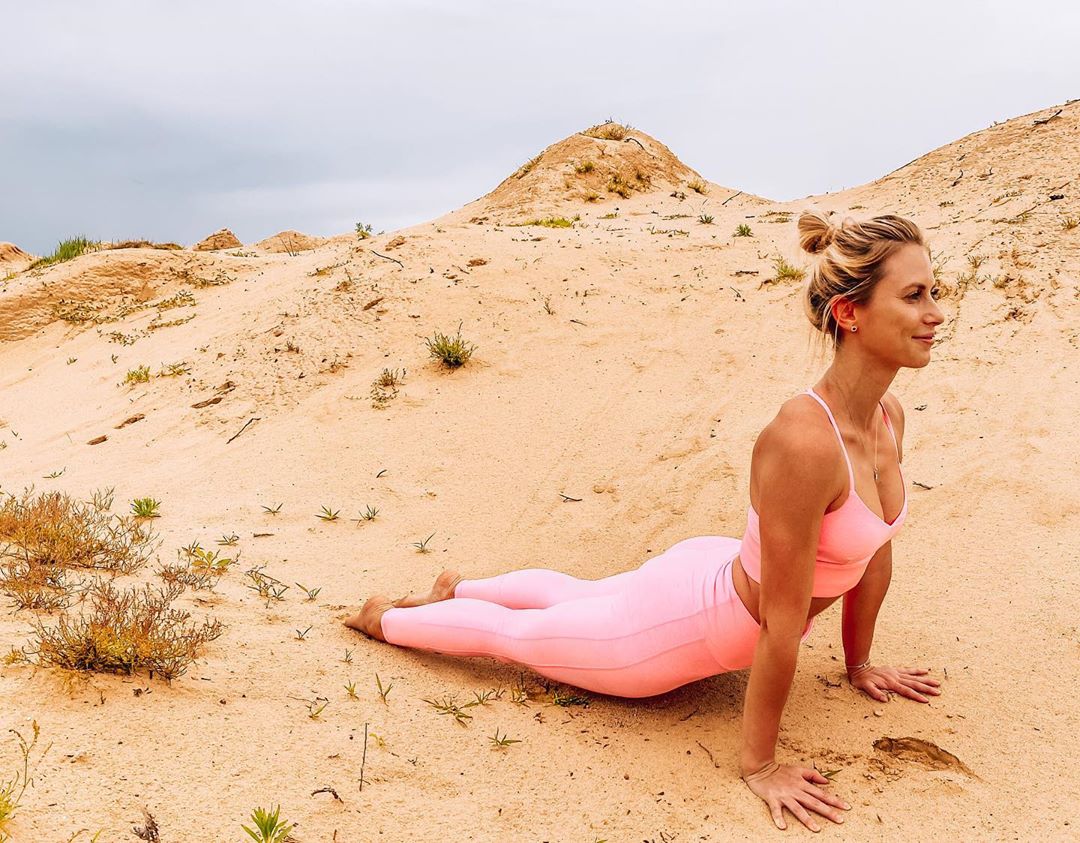
Bhujangasana:
In Bhujangasana, Bhujang means a snake. In this back pain, the body feels like the snake has spread its fun in the last yoga of yoga. Therefore, the name has been given to this easy one. By doing this asana regularly, back pain is relieved and unwanted fat around the waist is also reduced. This yoga asana is also beneficial in removing spinal problems.
Steps:
- To do Bhujangasana, first of all, lie down on your stomach on a Yoga mat.
- Your two legs should be joined together.
- Now move both your hands directly towards the chest.
- Then breathe in (breathing technique) and lift the front part of the body, but do not stretch the waist too much.
- With the help of your palms, balance the front of your body.
- Stay like this for a few seconds.
- Then exhale and come back to the normal state.
- After that repeat this asana again.
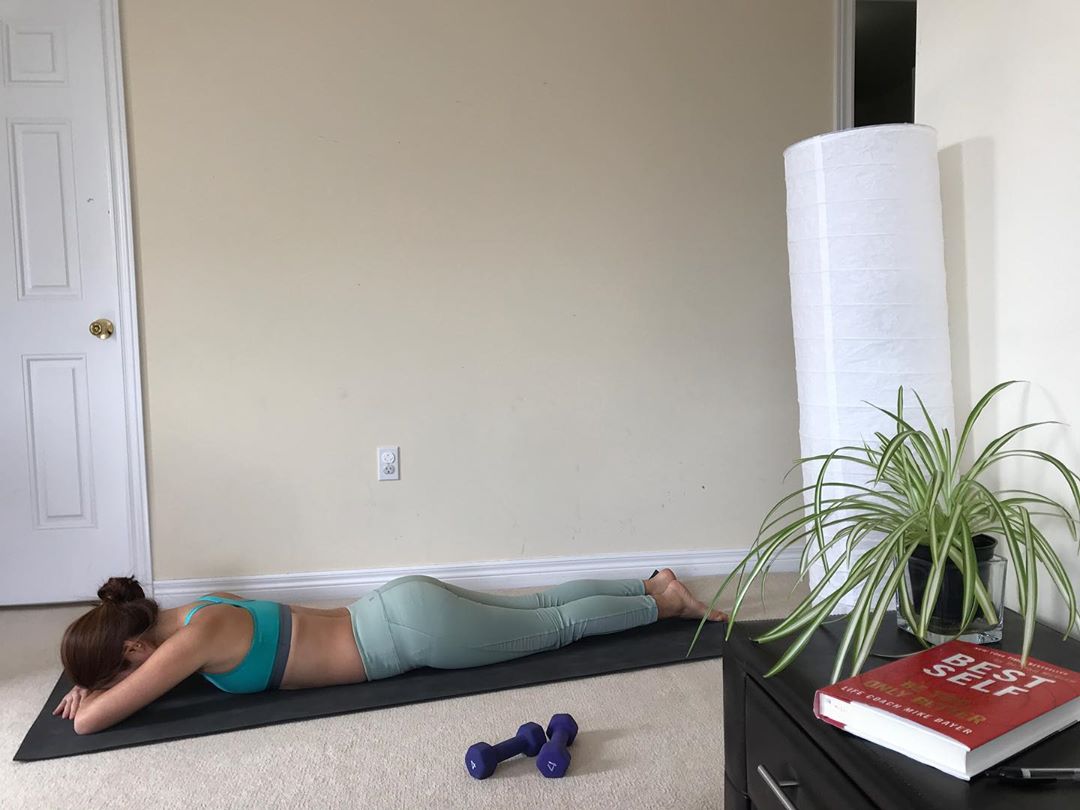
Makarasana:
In the discipline of backache yoga, “Makara” translates to crocodile. Observing the pose, it appears akin to a crocodile at rest, offering comprehensive relief for back, waist, and shoulder discomfort. Additionally, this asana proves advantageous in alleviating body fatigue and addressing stiffness in the neck and waist. Notably, it is a part of Baba Ramdev’s yoga routine specifically designed for addressing back pain.
Steps:
- To perform Makarasan lie down on the ground.
- Leave your body slightly loose.
- Keep a little distance between your legs.
- Now raise your head, shoulders, and chest a little.
- Fold both your arms on top of each other under your face.
- Keep your eyes closed and take a deep breath.
- Now after some time, open your eyes and come back to normal.
- Repeat this asana 8 -10 times daily to get good results.
FAQ:
Q. Which is the best Pranayama?
A. Nadi Shodhana (Nadi Purification) pranayama is best. At that point, mudras should be performed to channelize the vitality and make explicit perspectives of the psyche, and bandhas to drive the vitality upward.
Q. Can Pranayam be done at any time?
A. It is prescribed to do pranayama early in the first part of the day, one to two hours before dawn when oxygen content is most extreme noticeable all around. Likewise, the early morning body is new and the mind is obvious from any point of view.
Q. Which Pranayam is best for the brain?
A. Nadi Shodhana Breath is best for the brain. Otherwise called “substitute nostril breathing,” this method rapidly alleviates pressure and uneasiness, adjusting the two halves of the globe of the brain.
Q. Which Pranayam should be done first?
A. As Kapalbhati is a Shatkarma Kriya (purifying practice) and Hathayogic messages express that purging ought to be done first and than Asana. Known as the skull sparkling breathing procedure, this solid profound breathing activity is interchangeable with Baba Ramdev for a large portion of us!

